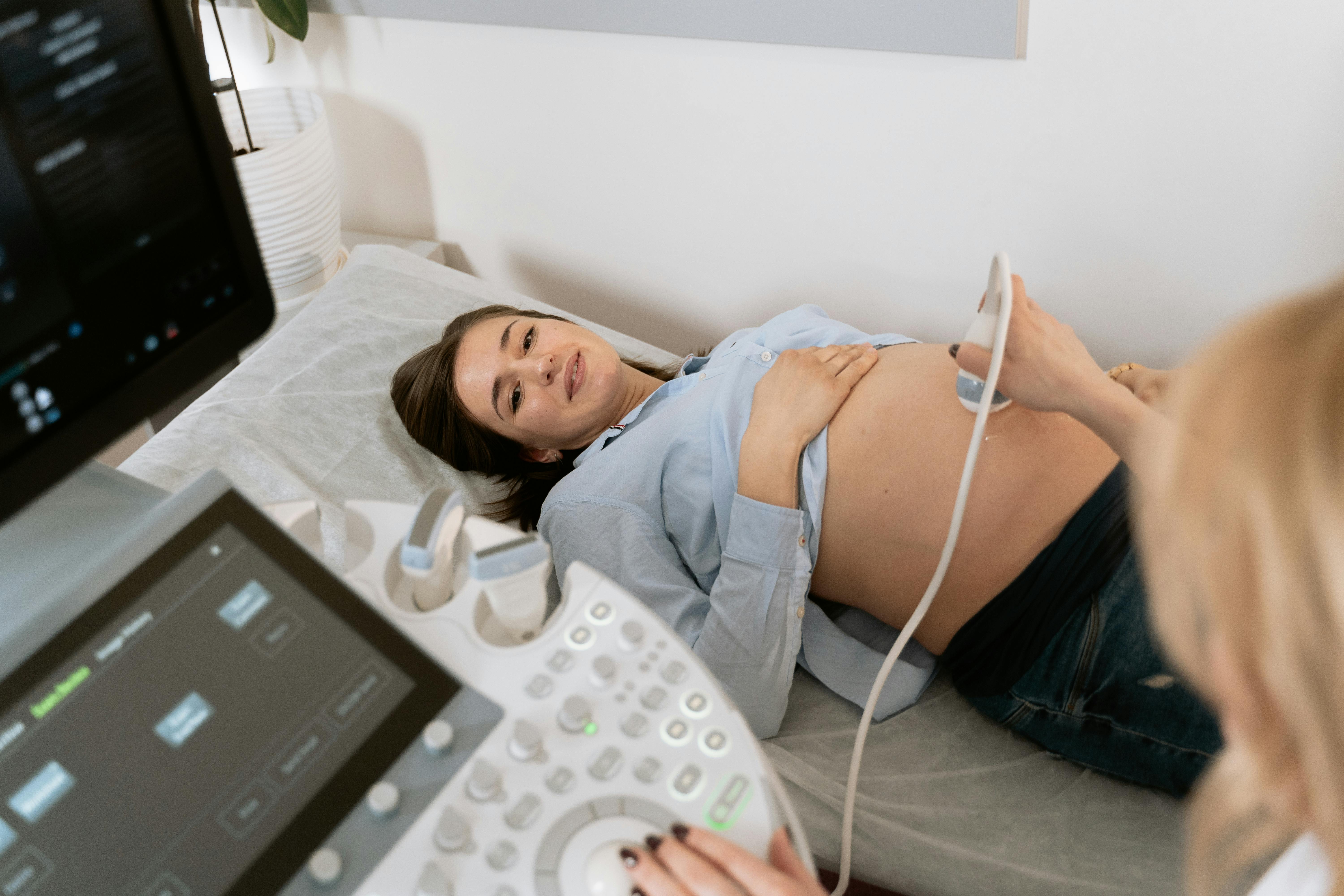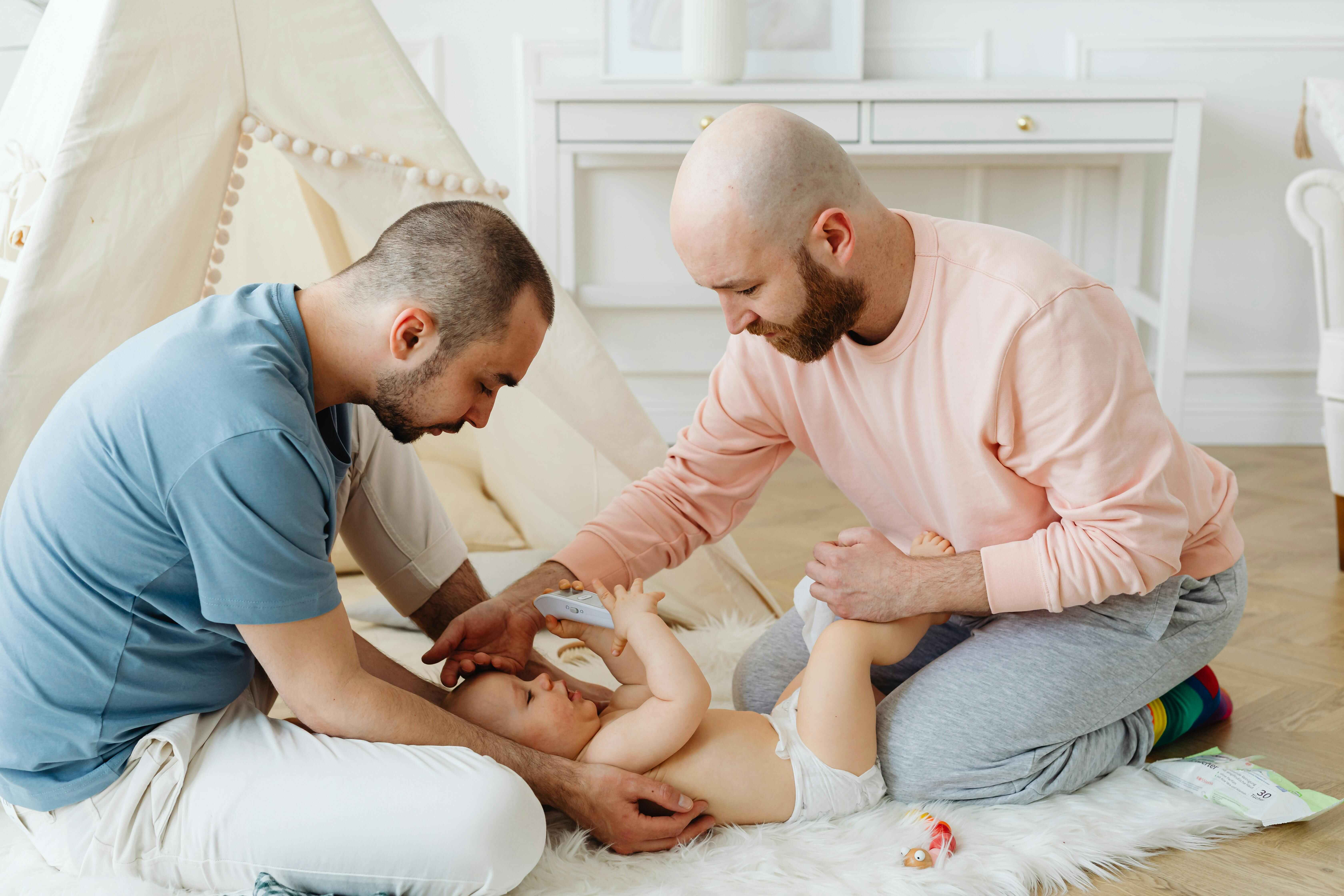Many patients assume that having two embryos transferred at once improves their chances of falling pregnant compared to a single embryo transfer. This is not the case. A study presented at the British Fertility Society conference in Edinburgh found that implanting 2 embryos may reduce the chances of pregnancy by as much as 27%, The Guardian reported earlier this year.
The study, which involved follow up on almost fifteen hundred blastocysts transferred between 2009 and 2013 in Nottingham, found that embryo health played a crucial role in success changes when 2 embryos were implanted at once.
It resulted in 2 key findings:
- Transferring 2 good-quality embryos at once does not result in higher pregnancy rates compared to a single embryo transfer.
- In cases when one of the 2 embryos is of poorer quality than the other, the rate of pregnancy drops by a staggering 27% (blastocyst quality was assessed by an IVF specialist according to a standardized scale).
Why this Happens
According to one of the specialists running the project, the reason for the drop may lie in the body’s reaction to the poor quality blastocyst. It is believed that following transfer, the patient’s body can “distinguish” between good and poor quality embryos, with the latter being more likely to be rejected. When this happens following a multiple-embryo transfer, the other embryo, which would’ve been a candidate for implantation had it been on its own, is also more likely to be affected.
It should also be noted that, even in cases when both blastocysts were of suboptimal quality, single embryo transfers still resulted in higher pregnancy rates.
This is why the specialists recommend transferring just one embryo per cycle, with any extra ones being cryopreserved for future use. This is in line with HFEA recommendation for embryo transfers, which also states that twins resulting from a multiple embryo transfers are 6 times more likely to be born prematurely than single babies, and as such are at an increased risk of suffering cerebral palsy, breathing difficulties as well as developmental and intellectual problems.

















